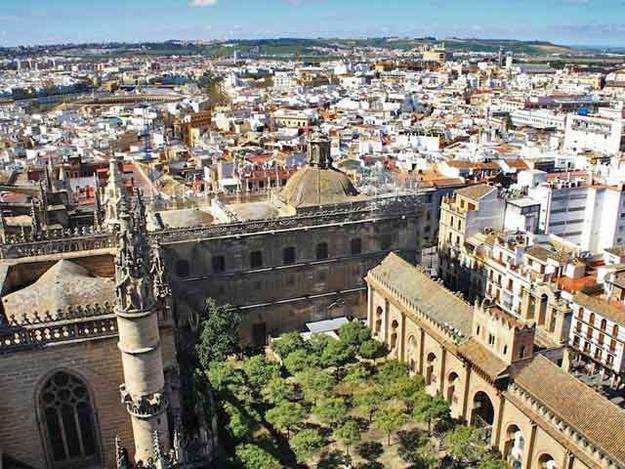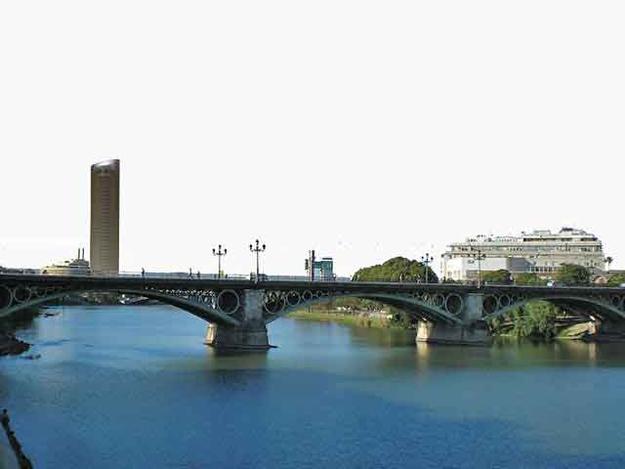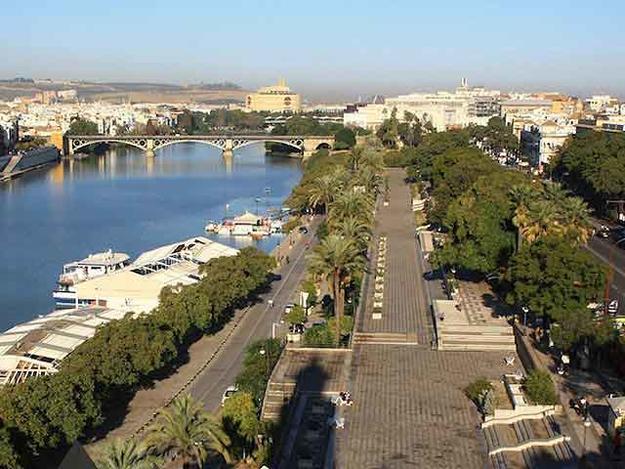Historic Landscape of Sevilla
2010 World Monuments Watch
Dotted with church spires and the minaret of a 12th-century mosque, the historic landscape of Sevilla stretches serenely across the horizon. The city is one of the oldest in Spain, with origins dating to the 8th century B.C. Its tableau of historic architecture and urban design chronicles this long and diverse history, including Roman, Almohad, and Christian Andalusian traditions. The 16th century saw the height of the city’s splendor, as all cargo destined for Spain’s colonies in the Americas and the Philippines passed through Sevilla. However, by the 18th century the city was in decline and continued to suffer through the Franco era. The end of the 20th century brought renewed investment in Sevilla. It was designated the capital of Andalusia and hosted the Universal Exposition of 1992, celebrating the quincentennial of the voyage of Christopher Columbus, who is entombed in Sevilla’s Cathedral. Its growing urban population has benefited from infrastructure modernization as well as improved heritage stewardship, but the pressures of development now threaten one of its greatest assets: the sublime vista across its historic cityscape and riverfront. The controversy over a proposed office tower on the Sevilla horizon typifies the growing tensions between urban densification and landscape preservation, and offers an important opportunity for dialogue and integrated planning.



